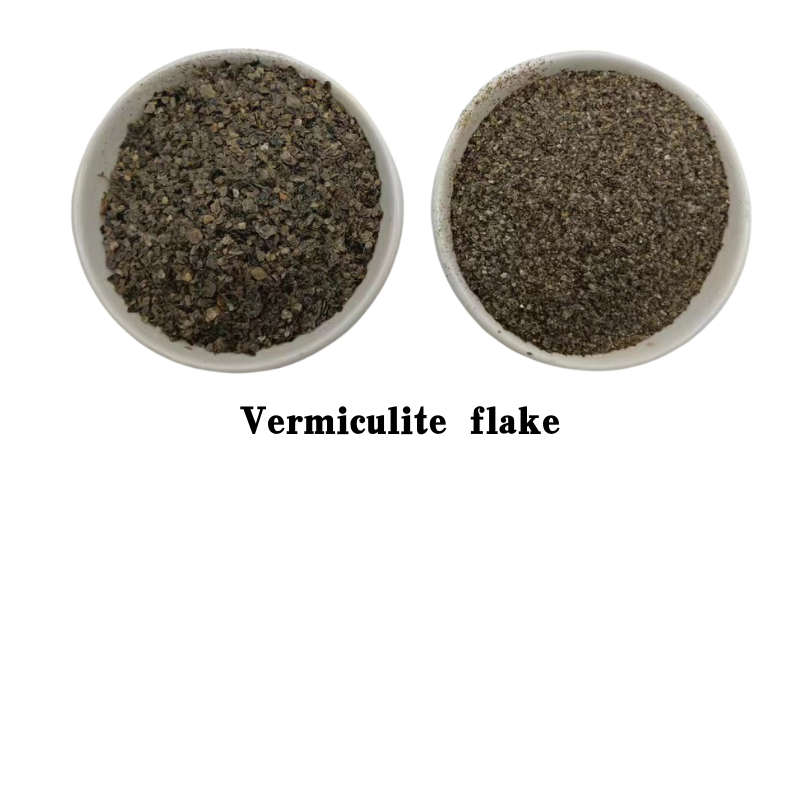
Exploring the Properties and Applications of Zeolite Dust in Industrial Processes
The Impact of Zeolite Dust A Comprehensive Overview
Zeolites are naturally occurring or synthetic aluminosilicate minerals known for their unique porous structure and a vast array of applications in various industries. While zeolites are celebrated for their beneficial properties, the dust generated during their processing and use poses potential risks that warrant thorough investigation and awareness.
First, it is crucial to understand what zeolite dust is. This dust consists of fine particulate matter that can be released when zeolites are mined, processed, or handled. The generation of zeolite dust is inevitable in many applications, especially in industries involving construction, agriculture, and water treatment. The dust can consist of various fine particles, which may contain crystalline silica, alumina, and other minerals, depending on the source of the zeolite.
One of the primary concerns surrounding zeolite dust is its potential impact on human health. Inhalation of fine particulate matter can lead to respiratory issues, such as bronchitis and other pulmonary diseases. Long-term exposure may even increase the risk of developing more severe health conditions. As such, workers involved in the mining and processing of zeolites should utilize personal protective equipment (PPE), such as respirators and masks, to minimize the inhalation of zeolite dust.
zeolite dust

Beyond health concerns, zeolite dust can also have detrimental effects on the environment. When released into the air or water bodies, the dust can pose a risk to local ecosystems. The composition of zeolite dust may affect soil chemistry, potentially leading to alterations in plant growth patterns and aquatic life. For example, excessive aluminum from zeolite dust can be toxic to certain plant species and aquatic organisms. Thus, proper handling and disposal of zeolite dust are necessary to mitigate these environmental risks.
Despite its drawbacks, zeolite dust also has potential advantages when managed correctly. In agricultural applications, zeolite dust can be used to enhance soil quality and improve nutrient retention. When applied to soil, zeolite can aid in the retention of moisture and essential nutrients, thus promoting better plant growth. This dual nature of zeolite dust highlights the importance of striking a balance between leveraging its benefits and minimizing its hazards.
Furthermore, researchers are exploring innovative ways to utilize zeolite dust in more sustainable manners. For instance, combining zeolite dust with other materials to create composite building materials can reduce overall dust emissions while improving the mechanical properties of construction products. This not only helps in managing dust but also contributes to a circular economy by repurposing waste materials.
In conclusion, zeolite dust is a byproduct of valuable minerals with significant applications across industries. While there are valid concerns regarding health and environmental impacts associated with zeolite dust, awareness and appropriate management practices can help mitigate these risks. By investing in research and development, industries can unlock the full potential of zeolite while ensuring that health and environmental concerns are addressed adequately. As awareness grows, it is essential for stakeholders, including industry professionals, regulators, and the general public, to work collaboratively to foster a safer and more sustainable approach to zeolite utilization.
Share
-
Premium Pigment Supplier Custom Solutions & Bulk OrdersNewsMay.30,2025
-
Top China Slag Fly Ash Manufacturer OEM Factory SolutionsNewsMay.30,2025
-
Natural Lava Rock & Pumice for Landscaping Durable Volcanic SolutionsNewsMay.30,2025
-
Custom Micro Silica Fume Powder Manufacturers High-Purity SolutionsNewsMay.29,2025
-
Custom Mica Powder Pigment Manufacturers Vibrant Colors & Bulk OrdersNewsMay.29,2025
-
Custom Micro Silica Fume Powder Manufacturers Premium QualityNewsMay.29,2025






